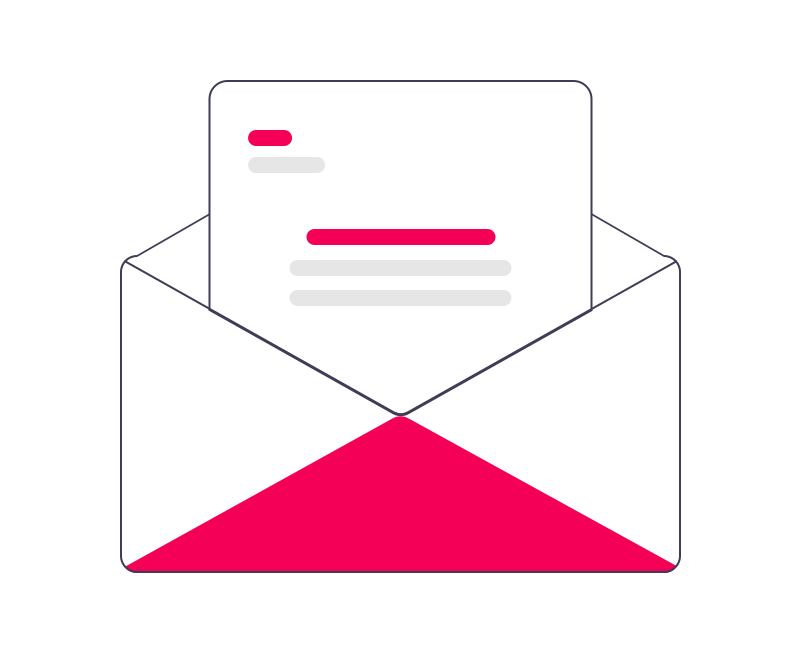Instagram Hashtag Strategy for Businesses
Instagram hashtags are more than just trendy phrases—they're powerful discovery tools that can dramatically increase your content's reach and engagement. Used strategically, hashtags can connect you with your ideal customers and build a loyal community around your brand.
This guide will show you how to develop a sophisticated Instagram hashtag strategy that drives real business results.
Why Instagram Hashtags Matter for Business
Strategic hashtag use provides multiple business benefits:
- Increased discoverability by new audiences
- Higher engagement rates on your posts
- Community building around your brand
- Competitive intelligence through hashtag monitoring
- Campaign tracking and performance measurement
Part 1: Understanding Hashtag Types
1. Community Hashtags
Community tags connect users around shared interests, locations, or activities.
Characteristics:
- Broad but targeted interest groups
- Can be local or general
- Often have high engagement rates
- Great for building niche audiences
Examples:
- #SmallBusinessOwner (general community)
- #NYCFoodie (local community)
- #VeganRecipes (interest-based community)
2. Campaign Hashtags
Campaign tags promote specific events, product launches, or limited-time promotions.
Characteristics:
- Time-bound (days, weeks, or months)
- Brand-specific but shareable
- Often used with influencer partnerships
- Great for measuring campaign ROI
Examples:
- #SummerSale2024 (seasonal promotion)
- #NewProductLaunch (product introduction)
- #12DaysOfChristmas (holiday campaign)
3. Branded Hashtags
Branded tags are unique to your business and encourage user-generated content.
Characteristics:
- Feature your brand name or tagline
- Build brand recognition and loyalty
- Encourage customer content creation
- Demonstrate social proof effectively
Examples:
- #NikeJustDoIt (brand philosophy)
- #StarbucksRedCups (seasonal branding)
- #MyCalvins (user-generated focus)
Need broader social media guidance? Check out our complete social media copywriting guide for all platforms.
Part 2: Hashtag Research Strategies
Competitor Analysis
Learn from successful competitors in your niche:
- What hashtags are they using consistently?
- Which tags generate the most engagement?
- What branded hashtags have they created?
- How do they mix hashtag types?
Customer Research
Understand your audience's hashtag behavior:
- What tags do your ideal customers follow?
- What content are they posting and tagging?
- Which industry influencers do they engage with?
- What problem-solving tags do they use?
Tool-Based Research
Free Research Tools:
- Instagram search and explore
- Hashtagify
- Display Purposes
- All Hashtag
Paid Research Tools:
- Later
- Sprout Social
- Iconosquare
Part 3: Strategic Hashtag Implementation
The Hashtag Mix Formula
A balanced hashtag strategy includes:
- 3-5 Broad tags (100k-500k posts)
- 5-7 Niche tags (10k-100k posts)
- 3-5 Specific tags (1k-10k posts)
- 1-3 Branded tags (your unique tags)
Placement Strategies
In-Caption Placement:
- Immediate visibility
- Clean presentation
- Easy for users to engage
First Comment Placement:
- Cleaner caption appearance
- Same algorithmic weight
- Strategic separation of content and discovery
Quantity Guidelines
While Instagram allows 30 hashtags, optimal performance typically comes from:
- 5-15 well-researched hashtags per post
- Quality over quantity always
- Varied selection to reach different audiences
- Regular rotation to avoid being spam-flagged
Part 4: Advanced Hashtag Techniques
Hashtag Performance Tracking
Monitor which tags deliver results:
- Track engagement rates by hashtag group
- Monitor follower growth from specific tags
- Analyze click-through rates on tagged content
- Measure conversion rates from hashtag traffic
Seasonal and Trending Hashtags
Capitalize on timely opportunities:
- Holiday and seasonal tags (#SummerVibes)
- Industry event tags (#CES2024)
- Cultural moment tags (#Oscars)
- Local event tags (#NYCFashionWeek)
Cross-Platform Hashtag Strategy
Coordinate your hashtag use across platforms:
- Maintain consistent branded hashtags
- Adapt community tags for each platform
- Track performance across platforms
- Create platform-specific campaign tags
Part 5: Common Hashtag Mistakes to Avoid
- Using irrelevant or spammy tags
- Overusing the same hashtags repeatedly
- Choosing tags that are too broad or competitive
- Ignoring hashtag performance analytics
- Not researching before creating branded tags
- Using banned or restricted hashtags
Part 6: Measuring Hashtag Success
Key Performance Indicators
Reach Metrics:
- Impressions from hashtags
- Profile visits from hashtag exploration
- New followers from tagged content
Engagement Metrics:
- Likes and comments on tagged posts
- Saves and shares from hashtag discovery
- Story engagement from hashtag stickers
Conversion Metrics:
- Website clicks from hashtag traffic
- Sales or leads from tagged content
- Email signups from hashtag campaigns
Conclusion: Strategic Hashtags Drive Business Growth
Instagram hashtags are not just about visibility—they're about connecting with the right people at the right time with the right message. A strategic approach to hashtag use can transform your Instagram presence from simply posting content to actively building community and driving business results.
Remember: The most effective hashtag strategy is one that's continuously tested, measured, and refined based on your specific business goals and audience behavior.
Ready to Master Other Platforms?
Learn proven strategies for Twitter and YouTube optimization to complete your social media expertise.










.png)









0 Comments